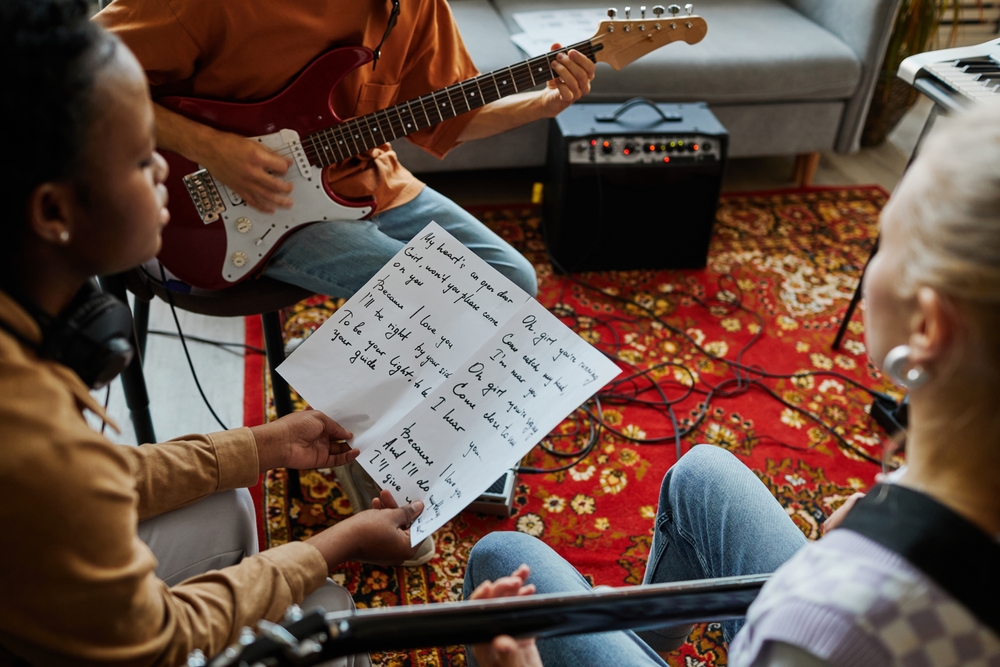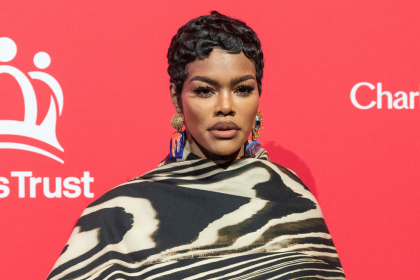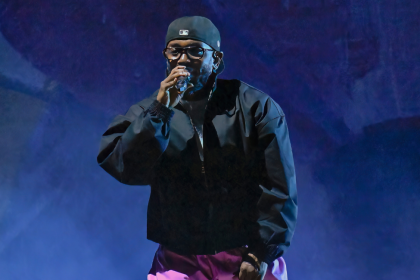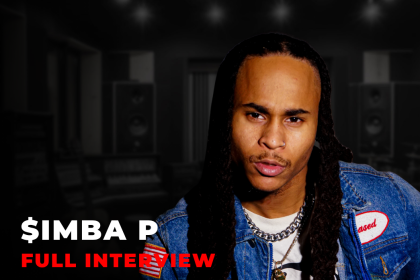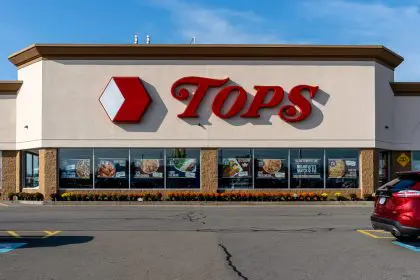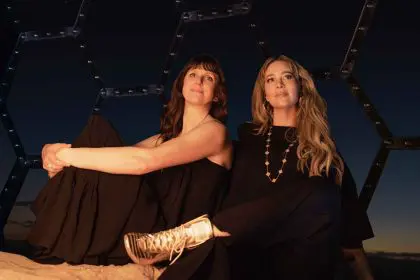In today’s rapidly evolving music industry, the power of collaborative networks has emerged as a crucial element in creating sustainable careers and innovative art. As established musicians work alongside peers, friends, and emerging talents from diverse backgrounds, these partnerships are creating new sounds while building lasting legacies that extend beyond individual achievement.
Bridging generational and stylistic gaps through collaboration
The dynamic between industry veterans and emerging talents offers unique creative potential. When experienced artists with decades of knowledge collaborate with musicians who bring fresh perspectives and contemporary sensibilities, the results often transcend what either could achieve independently.
These collaborations naturally blend traditional approaches with modern innovation. Seasoned artists contribute technical mastery, storytelling depth, and performance experience, while newer collaborators offer insights into current trends, production techniques, and audience preferences. The resulting work frequently appeals across demographic boundaries, connecting with both established fan bases and new listeners.
The history of music is filled with moments of stylistic tension, where established sounds give way to new movements that initially seem foreign or even threatening to industry veterans. However, the most resilient artists have learned to embrace rather than resist these evolutionary moments. By actively seeking collaboration across generational and stylistic divides, they transform potential conflict into creative synergy.
This bridging of perspectives has particular significance in genres with strong historical foundations. In blues, gospel, jazz, and other tradition-rich musical forms, these collaborations ensure that foundational techniques and cultural contexts aren’t lost as styles evolve. Newer artists gain deeper understanding of their musical heritage, while established musicians find new relevance and artistic vitality through fresh interpretations of established forms.
Professional networks as career infrastructure
Beyond the creative benefits, strong collaborative networks represent a practical approach to career sustainability and legacy creation. When established artists involve peers, mentees, and emerging talents in their projects, they’re not just making music—they’re creating resilient professional ecosystems that can weather industry changes.
This approach transforms traditional mentorship into mutually beneficial partnerships. The established artist gains fresh creative input and maintains relevance, while collaborators receive opportunity, visibility, and industry access that might otherwise take years to develop independently.
Co-writing credits, shared performance opportunities, and production collaborations establish connections that can support careers through various industry cycles, creating a foundation for sustainable success in an often unpredictable landscape.
The professional implications extend beyond immediate creative projects. These networks often develop into more formalized ventures: artist collectives, independent labels, or production houses that operate with shared values and long-term vision. Unlike traditional music industry entities focused primarily on quarterly profits, these collaborative enterprises can make decisions with artistic integrity and community impact in mind.
In an era where artists increasingly seek independence from corporate music structures, strong collaborative networks provide natural infrastructure for self-sustaining creative businesses. With combined expertise spanning both traditional industry knowledge and digital innovation, these partnerships are uniquely positioned to navigate industry disruption while maintaining creative control.
Authentic representation of diverse perspectives
Collaborations across different backgrounds often naturally reflect a broader range of values and experiences. When artists work with peers from different generations, cultural backgrounds, or musical traditions, the resulting music frequently carries themes of connection, growth, and community that resonate authentically with diverse audiences.
For artists with specific artistic visions or value systems, these partnerships provide opportunities to demonstrate how core principles can be maintained while adapting to changing cultural contexts. The music becomes a living example of how foundational values can be expressed in contemporary ways without compromising their essence.
This authenticity creates deeper connections with audiences who recognize the genuine nature of the artistic expression, even as it evolves stylistically.
The representation of diverse relationships in the music itself often provides a refreshing counterpoint to commercially-driven content that can feel manufactured or disconnected from lived experience. When artists collaborate across different backgrounds, the dynamic interplay of perspectives infuses the work with emotional truth and cultural richness that audiences instinctively recognize.
In communities where cultural preservation is a priority, cross-generational music collaborations serve a particularly vital purpose. They demonstrate that traditional values remain relevant even as expressions evolve. The visible partnership between established cultural figures and emerging voices validates both tradition and innovation simultaneously, creating space for authentic cultural evolution rather than forced preservation or wholesale abandonment of heritage.
Technology as a collaboration enabler
Modern production technology has become a significant enabler of diverse musical collaborations. While some artists may have superior traditional musical training, others bring advanced technical skills and digital fluency that complement this expertise.
Home studios, digital audio workstations, and online collaboration tools allow musicians to contribute to projects regardless of geographic location or traditional industry connections. This technological accessibility has democratized the collaborative process, enabling meaningful creative partnerships outside traditional studio environments.
The combination of varied musical knowledge and technical innovation creates projects that honor diverse traditions while embracing contemporary production values.
This technological dimension transforms the traditional industry model that once dominated musical development. Rather than relying on gatekeepers and formal industry structures, these collaborations now feature direct peer-to-peer connection. Veteran artists gain fluency with digital tools and contemporary distribution platforms, while emerging talents develop deeper appreciation for songcraft, arrangement, and performance techniques refined through decades of practice.
The rising importance of social media and direct-to-fan engagement further enhances the value of these partnerships. Some collaborators possess intuitive understanding of digital community building and content strategies that complement the established reputation and industry relationships of veteran artists. This combination of digital savvy and traditional credibility creates particularly resilient career foundations in today’s rapidly evolving music landscape.
Building sustainable music communities
Perhaps most significantly, strong collaborative networks provide models for sustainable careers in a notoriously unstable industry. By creating supportive professional communities rather than pursuing solely individual success, artists establish systems that can weather industry changes and evolving public tastes.
These partnerships distribute both creative responsibilities and professional opportunities across networks, reducing the pressure on any single individual to maintain continuous commercial success. When one artist faces challenges, the support system remains intact, creating continuity that isolated careers rarely achieve.
Conclusion
As the music industry continues to transform, diverse collaborative networks offer a compelling model for both creative innovation and career sustainability. These partnerships create music that bridges stylistic and demographic divides while establishing professional foundations that can support artists through industry evolution.
By blending varied experiences with complementary skills, traditional knowledge with technological fluency, and different audience connections with emerging markets, these collaborations aren’t just producing interesting music—they’re reshaping how musical careers and legacies are built in the digital age.
Looking toward the future, these collaborative models may become increasingly essential as the industry faces continued disruption. The combined resilience of diverse perspectives and complementary skills provides stability amid uncertainty, while the authentic representation of evolving values connects with audiences seeking genuine artistic expression in an increasingly commercialized landscape.
As these partnerships continue to evolve, they offer valuable lessons about sustainability and community that extend beyond music into broader conversations about how knowledge, values, and opportunities can be meaningfully shared across different backgrounds and experiences. In this sense, these musical collaborations represent not just smart career strategy, but a deeply human approach to creating work that resonates across boundaries.

